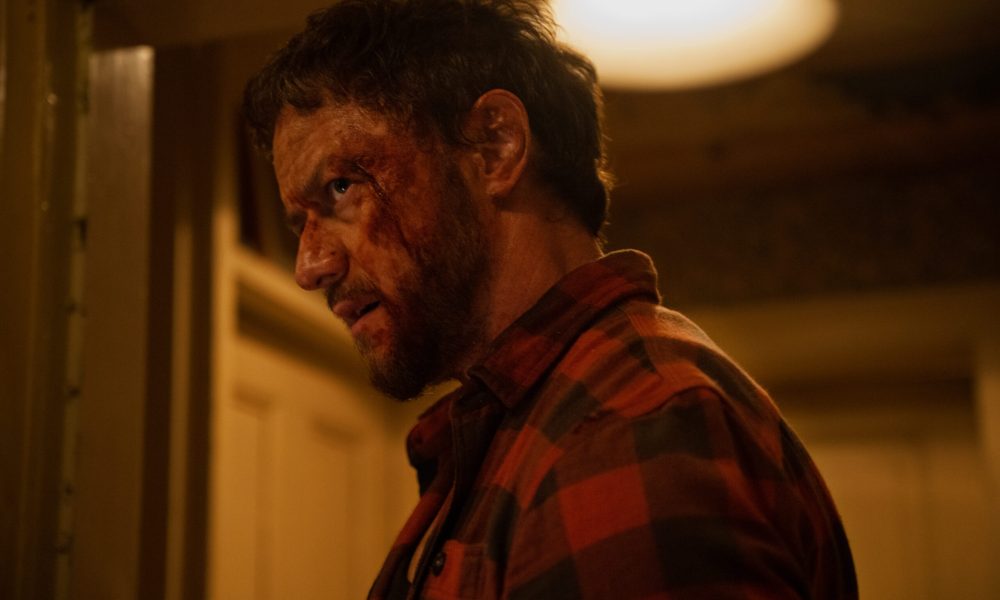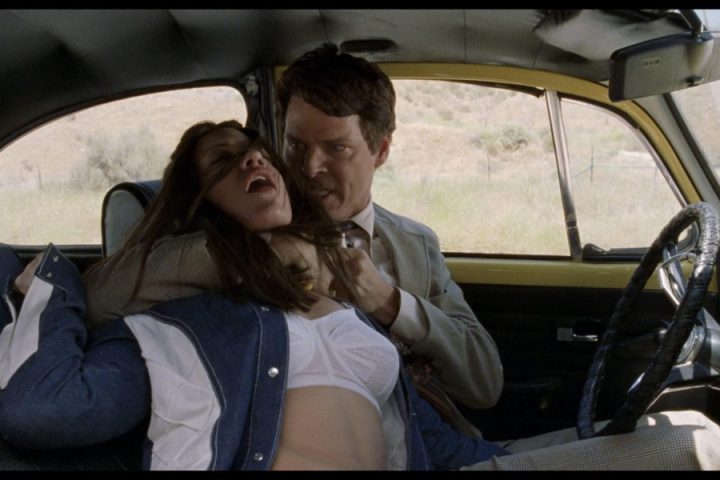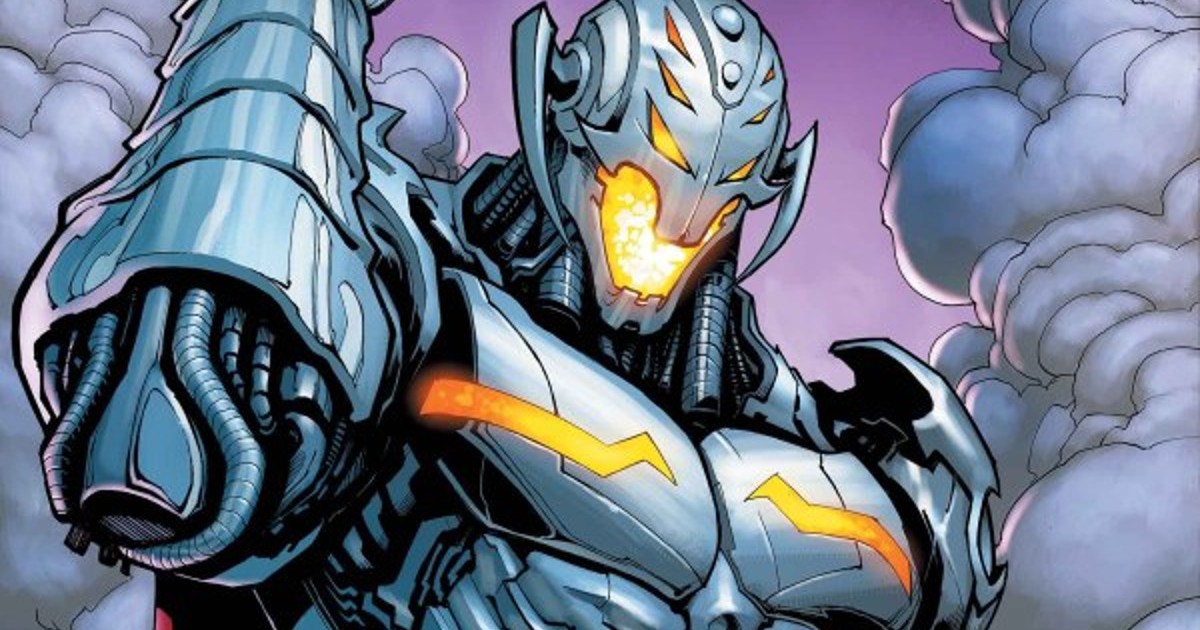As the 1990s dawned, the traditional slasher genre was gasping for breath, while police procedural films were soaring in popularity. Audiences still yearned for the blood-curdling thrill of a deranged, methodical killer, but they craved a fresh approach. Enter the new millennium and a film that masterfully blended both genres: 2001’s Ripper. This British-Canadian collaboration, known as Letter From Hell in some regions, ingeniously borrowed elements from both the slasher and crime thriller genres. But instead of the usual cops or detectives, the plot pits forensics students against a killer. And not just any killer — as the film’s title suggests, the murderer models their gruesome work on one of history’s most infamous serial killers.
Ripper was not director John Eyres‘s first foray into the slasher genre. The British filmmaker had previously directed the lesser-known Goodnight, God Bless (also known as Lucifer) in the ‘80s. However, Ripper is generally considered Eyres’ superior effort, despite its flaws. For instance, the film’s genre identity crisis is evident in its execution. The director and writers insisted it was more of a thriller than a horror, while lead actor A. J. Cook was fully aware of the horror movie she had signed up for. “I think every actor wants to do at least one horror movie in their career,” she once said. Watching the numerous stalk-and-kill scenes in Ripper, it’s clear that the denials are as misguided as they are laughable. Yes, it’s a slasher, but it’s not quite like its contemporaries.
Like 1998’s Urban Legend, Ripper is set on a college campus. But before enrolling, the story’s protagonist, Molly (Cook), experiences a rite of passage common to many Final Girls; she witnesses her friends being murdered, one by one. Five years later, Molly and her fellow aspiring detectives are introduced to the unconventional methods of Marshall Kane (Bruce Payne). Echoing Urban Legend once more, Payne’s character plays a twisted prank on his students. This comes after Molly asserts her toughness by confronting Kane in front of everyone. The two engage in a battle of wits, with Payne delivering a convincingly unhinged performance.
Pictured: A.J. Cook as Molly in Ripper: Letter From Hell.
” data-medium-file=”https://i0.wp.com/bloody-disgusting.com/wp-content/uploads/2024/11/Ripper-AJ-Cook.jpg?fit=300%2C201&ssl=1″ data-large-file=”https://i0.wp.com/bloody-disgusting.com/wp-content/uploads/2024/11/Ripper-AJ-Cook.jpg?fit=740%2C497&ssl=1″ src=”https://i0.wp.com/bloody-disgusting.com/wp-content/uploads/2024/11/Ripper-AJ-Cook.jpg?resize=740%2C497&ssl=1″ alt=”ripper” width=”740″ height=”497″ data-recalc-dims=”1″>
Pictured: A. J. Cook as Molly in Ripper: Letter From Hell.
Filmed primarily in and around Victoria, British Columbia, the college setting may be familiar to fans of the X-Men movies; Hatley Castle is where Kane’s students gather after their study group members are found brutally murdered. The story occasionally ventures beyond the academic setting, including the first and most impressive death sequence. British actress Kelly Brook meets a bloody, giallo-style end during a wild party, where many of the costumed extras were locals who dressed up for the part. The $5 million-budgeted Ripper took every opportunity to cut costs.
Budget constraints and script revisions unfortunately cost Ripper some of its potential shine in the kills department. A prime example is Daniella Evangelista’s character’s lackluster exit; originally set to occur on a beach at night, Mary-Anne instead meets her end by being driven off a cliff in broad, unexciting daylight. The latter half of Ripper attempts to compensate with a particularly intricate and potentially gory set-piece involving a saw, but the editing is overly aggressive. Overall, the decision to treat some deaths like a music video — with numerous jittery camera cuts — detracts from an otherwise decent body count.
Ripper begins to resemble traditional slashers more closely when the remaining characters, along with a suspicious detective played by Jürgen Prochnow, retreat to an isolated cabin in the woods. What could have been a satisfying climax after a long and uneven journey is, once again, hampered by budget and scheduling constraints, as well as a perplexing twist. Ripper perseveres to deliver a supposed shocker at the end, but its effectiveness is questionable.
Pictured: Bruce Payne in Ripper: Letter from Hell.
” data-medium-file=”https://i0.wp.com/bloody-disgusting.com/wp-content/uploads/2024/11/Ripper-Letter-from-Hell-Bruce-Payne.jpg?fit=198%2C300&ssl=1″ data-large-file=”https://i0.wp.com/bloody-disgusting.com/wp-content/uploads/2024/11/Ripper-Letter-from-Hell-Bruce-Payne.jpg?fit=676%2C1024&ssl=1″ src=”https://i0.wp.com/bloody-disgusting.com/wp-content/uploads/2024/11/Ripper-Letter-from-Hell-Bruce-Payne.jpg?resize=740%2C1121&ssl=1″ alt=”ripper” width=”740″ height=”1121″ data-recalc-dims=”1″>
Pictured: Bruce Payne in Ripper: Letter from Hell.
More surprising than the puzzling reveal at the end of Letter From Hell is the existence of a sequel, Ripper 2: Letter From Within. The success of the first film warranted this direct continuation, with Erin Karpluk stepping into the role of Molly. Cook had moved on to bigger projects, including Final Destination 2, and the sequel was not filmed in her native Canada. Instead, Karpluk’s character and a mostly British supporting cast were whisked off to Prague for an experimental procedure reminiscent of A Nightmare on Elm Street 3: Dream Warriors.
Ripper 2 is more ambitious than its predecessor, thanks to its science-fiction premise. However, once the setup of psychological exploration and manipulation is established, the sequel is let down by a series of lackluster horror sequences. If the first rule of any slasher is to thrill, then this film repeatedly falls short. The secondary characters are woefully lacking in personality, so their deaths go unnoticed. Karpluk, however, does her best with a muddled and clumsy script.
While praise for the original Ripper may be muted, viewing the sequel should enhance its standing. Beneath its dated, post-Y2K aesthetic and cryptic conclusion lies an indie slasher that dared to think outside the box. And as any fan of this subgenre knows, ambition is always appreciated, even if the end result is just a cut above average.
Both Ripper: Letter From Hell and Ripper 2: Letter From Within are currently available on Tubi.
Horrors Elsewhere is a recurring column that spotlights a variety of movies from all around the globe, particularly those not from the United States. Fears may not be universal, but one thing is for sure — a scream is understood, always and everywhere.
Pictured: Erin Karpluk in Ripper 2: Letter from Within.
” data-medium-file=”https://i0.wp.com/bloody-disgusting.com/wp-content/uploads/2024/11/Ripper-2-Letter-from-Within-2004-Erin-Karpluk.jpg?fit=300%2C206&ssl=1″ data-large-file=”https://i0.wp.com/bloody-disgusting.com/wp-content/uploads/2024/11/Ripper-2-Letter-from-Within-2004-Erin-Karpluk.jpg?fit=740%2C507&ssl=1″ src=”https://i0.wp.com/bloody-disgusting.com/wp-content/uploads/2024/11/Ripper-2-Letter-from-Within-2004-Erin-Karpluk.jpg?resize=740%2C507&ssl=1″ alt=”ripper” width=”740″ height=”507″ data-recalc-dims=”1″>
Pictured: Erin Karpluk in Ripper 2: Letter from Within.







